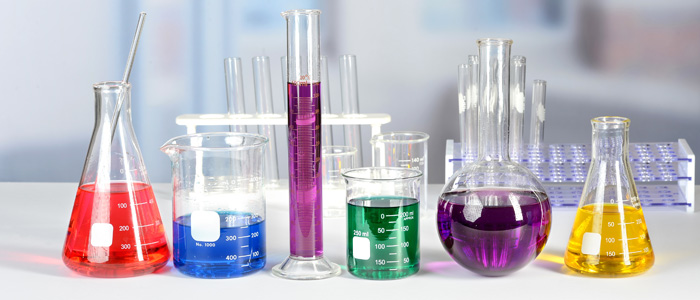In the world of business, a chemical testing lab is essential to the success of any product or service. This type of laboratory helps to determine the performance and durability of a product or service. They test different types of materials and products in order to determine their quality and content.
A laboratory’s role is to ensure the products or services comply with regulatory requirements. The most common tests performed by a chemical testing lab are those used to determine the chemical composition of water.
The analytical tests performed by a chemical testing lab include elemental analysis, quantitative and qualitative analyses. The spectroscopy used in these types of analysis can identify impurities in samples and materials. Some products can be contaminated during the production process.
This type of testing is vital to identifying these contaminants and determining the source of contamination. It can also be used to improve the quality of a product.
A chemical testing lab can help ensure the quality of a product and ensure compliance with regulatory requirements. For example, it can help identify unknown contaminants by analyzing a product’s composition using equipment like X-Ray Diffraction and Four Transform Infrared Spectroscopy.
The analytical lab will also determine the purity of a substance. The results of this type of testing can help manufacturers better understand what causes their products to become contaminated.
Regardless of the chemical used in manufacturing, a laboratory is necessary for product compliance. A quality testing lab will ensure that a product is made of the right substances and that it will withstand normal usage.
Ultimately, the laboratory will determine whether a product is safe. It can also help ensure that a product is compliant with global regulations, such as ROHS. In some industries, a company may need to use a specific regulatory or quality standard for a product.
When it comes to metals, the chemical testing lab should be certified by a reputable certification organization, and the lab should be accredited. The accreditation will guarantee that the laboratory is a reliable, accredited testing facility that will ensure the safety of a product.
This will also guarantee that the laboratory’s process is safe. When it comes to plastics, the EPA has specific guidelines that apply to them.
The type of chemical testing lab is important as well.
This will determine the type of equipment needed for testing. The laboratory will be able to meet all regulatory requirements. The testing laboratory should be equipped with the latest technology. It should be fully accredited and be able to provide results in a timely manner.
Its staff should be able to answer any questions related to the material tested. A good chemical test lab should be regulated and have a good history of safety.
The testing lab should be equipped with all the necessary instruments for performing chemical tests. For example, it should be equipped with a vapor-pressure meter and a humidity monitor. It should have high vapor-pressure measurements to ensure the safety of the products and chemicals.
The laboratory should be located in a location where the environment is safe and has a low-hazardous level of air pollution.
The most important criteria to consider before choosing a chemical testing lab is the vapor-pressure ratio. The vapor pressure of the material should be as low as possible. If the chemical is volatile, the test should be conducted under the presence of a liquid or gas.
For flammable substances, the vapor-pressure level should be high enough to cause an explosion. If the vapor pressure is too high, the chemical will need to be ventilated in a separate space.
For more blogs: The Trending Media
There are other factors to consider when choosing a chemical testing lab.
The testing spot should be clean, convenient, and odor-free. Generally, the test spot should be a place where the chemicals are not confined. The temperature should be stable, not too high or too low. The lab should be comfortable for the test subject. A temperature range between twenty and thirty degrees is suitable for the testing.







